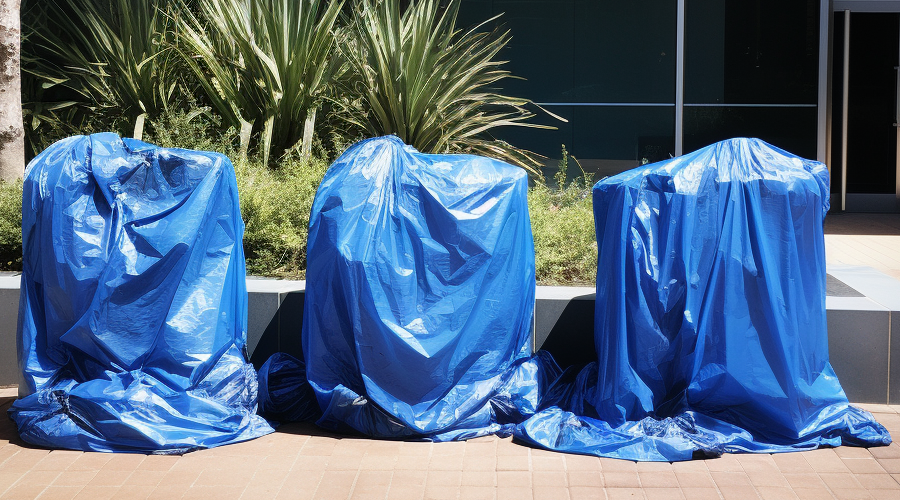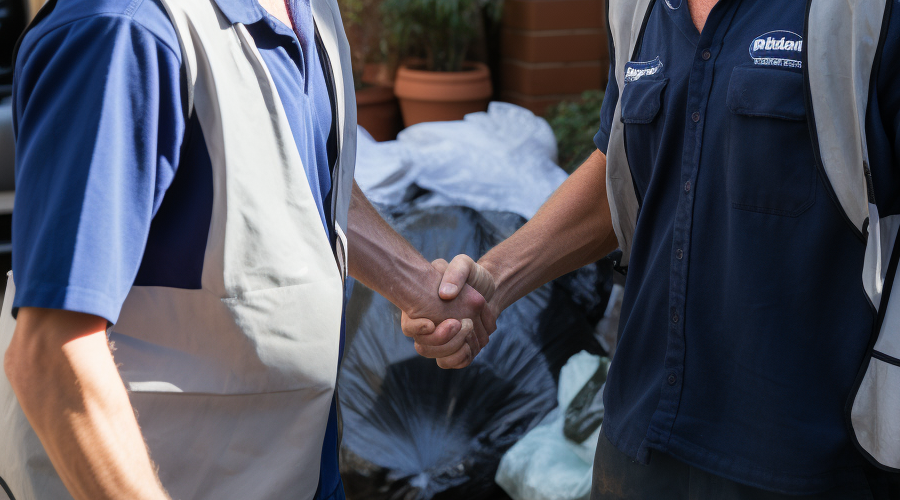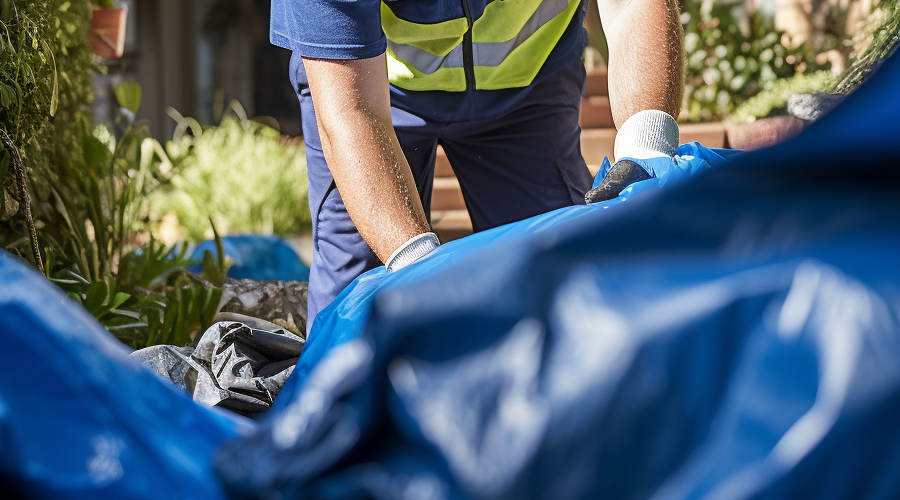10 Tips for DIY Waste Removal
How to Safely Dispose of Hazardous Household Waste
Got some rubbish that needs removing?
With some planning and effort, you can absolutely handle DIY rubbish removal.
Removing rubbish yourself can save you money, but it does require time and physical effort.
By following these 10 tips from expert rubbish removal companies, you’ll be well on your way to successful DIY rubbish removal.
1. Sort and Organise
Before lugging things to the car and trailer, take time to sort and organise the items. Separate recyclables, hazardous materials, and general waste into different piles or bins. This makes it easier when you get to the final disposal site, as many sites have different drop off points for various waste types.
2. Load Carefully
Load the vehicle and/or trailer carefully, distributing weight evenly. Heavier items should go over or near the axles. Secure the load with straps so nothing falls off during transport. Make sure nothing is sticking out that could be a road hazard.
3. Protect Yourself
Wear closed-toe shoes, gloves, and protective eye wear. Long pants and long sleeves are also recommended. You never know what sharp edges or hazardous substances you might encounter while handling waste items.
4. Lift Safely
Don’t injure yourself trying to move heavy objects. Keep your back straight and lift with your legs. Ask a friend to help with particularly heavy or awkward items. Or use tools like hand trucks and dollies to make the job easier on your body.
5. Load Your Vehicle Safely
Don’t overload the vehicle or trailer with too much weight. Overloading can make handling difficult and dangerous. Check the manufacturer’s specs for weight limits. Spread loads evenly and secure them properly.
6. Check Regulations
Most councils have rules about the types and amounts of waste they will accept at disposal facilities. There are often limits on how much of certain materials (like tyres or concrete) you can bring in. Familiarise yourself with the policies of the facility you’ll be using.
7. Have Proper Paperwork
Some disposal sites require documentation on the waste you are bringing in, especially for commercial loads. Have any necessary council-issued tip passes, building waste receipts, or other paperwork ready when you arrive to avoid issues.
8. Be Ready to Sort and Pay
Most waste facilities require you to sort your loads at the site into designated disposal areas. Fees are often charged by material type and volume, so be ready to pay the required dumping fees for each type of waste.
9. Secure Waste Properly
Prevent litter problems by securing waste during transport. Use tied-down tarps or closed containers. Make sure nothing can blow out on the drive to the disposal site. Take care when unloading so nothing escaped.
10. Clean Up Properly
When finished unloading all your waste, make sure none is left behind at the disposal site. Do a final sweep to collect any high volume of rubbish that may have fallen off your vehicle or trailer. Leave the area tidy.
The Bottom Line
DIY junk removal project takes time and effort, but following these handy tips will help you handle the job safely and efficiently. With proper preparation, loading, and unloading, you can get all that bothersome waste hauled away without paying for professional rubbish removal services and skip hire options.
Frequently Asked Questions
What are some key safety tips for DIY rubbish removal?
Key safety tips include: wearing protective gear like gloves and closed-toe shoes, leftover paint, lifting properly or using tools for heavy items, loading vehicles carefully to avoid overloading, and securing loads so nothing falls out during transport.
How can I find out the policies and fees for my local waste disposal site?
Check your local council website for information on policies, fees, limits, and paperwork requirements for the waste disposal facilities in your area. You can also call the site directly.
What vehicles work best for DIY rubbish hauling?
Large pickup trucks, vans, and trailers work well. Make sure to check weight limits and distribute loads properly. Avoid overloading which can make hauling difficult and dangerous.
What are some examples of recyclable waste versus general waste?
Recyclables include materials like paper, cardboard, plastic containers, aluminium cans, and glass bottles. General waste is non-recyclable items like furniture, treated wood, textiles, ceramics, non-recyclable plastics, and food waste.
What should I do if I can’t handle heavy or bulky items myself?
Ask a friend for help lifting and loading large items. You can also rent or borrow tools like hand trucks, dollies, and even forklifts to mechanically move heavy types of rubbish. As a last resort, consider hiring professional junk haulers just for the items you can’t handle as it’s cost-effective.
Conclusion
Taking care of DIY project might seem like a daunting task at first.
But armed with these handy tips on safety, transport, regulations, fees, and proper loading techniques, you can feel confident tackling the job yourself.
With some forethought and muscle power, you’ll get that bothersome waste hauled away without blowing your budget on professional removal services.
Just focus on safe lifting, even loading, and proper securing, and before you know it, you’ll have a rubbish-free home while saving money at the same time.



